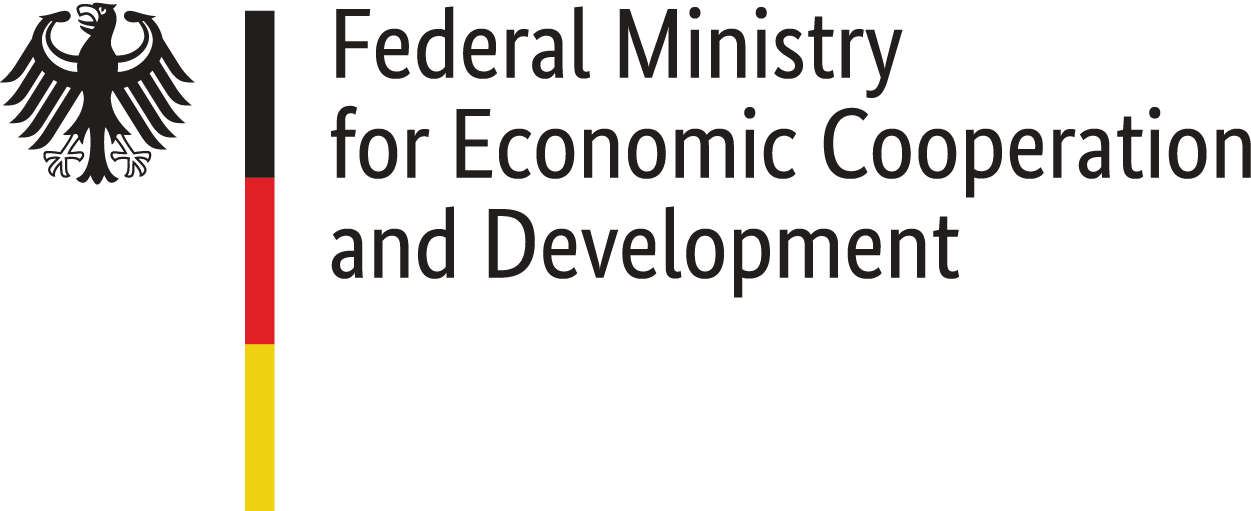History
Historically, in Brazil, the legislation has always been too shy to prevent the concentration of the communication’s media ownership. And, in communications, few owners equals a smaller diversity of content, or the higher possibility of restrictions to the free expression of thought. The concentration of ownership, then, puts at risk the very foundations of a liberal representative democracy. And Brazil has revealed a favorable environment for this situation, the more harmful to the society, the more consolidated the technological convergence of the communication media. The Brazilian communications market model has two main features: the hegemony of the private system, although the 1988 Federal Constitution establishes the complementarity of public, state and private communication systems; and the high concentration in ownership. This model has been reinforced during the military dictatorship period, from 1964 to 1985.
The 1964 coup in Brazil took place in a post-Cuban Revolution, Cold War context, having been articulated between conservative sectors in the National Congress and the Armed Forces, supported with resources and information by a pro-United States geopolitical structure and a “communist hunt”. Almost all Brazilian magazines and newspapers, above all the large circulation vehicles – O Globo, O Estado de S. Paulo, Folha de S. Paulo, O Dia, O Cruzeiro – supported National Legislative Director’s Board’s statement that the Presidency of the Republic was vacant, when the rightful elected president, João Goulart, was in the Brazilian territory, evaluating, along with his supporters, if he should try to resist the coup or not – taking into account that, in his view, resistance probably meant initiating an armed conflict in the country. He ended up deciding not to resist.
Exceptions of vehicles that didn’t support the 1964 coup are the newspapers “Última Hora”, “A Noite” and “Diário Carioca”, which took a stand in favor of the Constitution and of the preservation of João Goulart as Brazilian President. As a consequence of this position, Última Hora, the only one among these three that actually had a significant circulation, had their Rio de Janeiro and Recife (Pernambuco state) headquarters destroyed during the coup’s night, so they couldn’t circulate in the following days. In the 1970s the newspaper ended up being sold to Folha da Manhã S.A., current publisher of A Folha de S. Paulo. Before, in 1964, Última Hora’s regional newsroom in Porto Alegre (Rio Grande do Sul) had already become the newspaper Zero Hora, which supported the military regime since their first edition.
The relationship between the military dictatorship and the communication market in Brazil goes beyond the lack of independence of the Brazilian media regarding the regime. The successive military governments were responsible, in the long run, for the correlation of forces in the media market, because they sought articulations with the business owners for campaigns supporting the government and promoted the formation of large friendly communications groups with public funds. The concession grants for television channels were grouped in lots so these national networks could be formed, prioritizing a private concentrated communications model. Besides, in order to get their projects implemented, the business owners could count on public resources by the BNDES (National Bank for Social and Economic Development).
For the military regime, television, more than any other media, could advance their national integration project. But unlike radio, television wasn’t yet a mass vehicle in the 1960s Brazil. Because of this, that media received a special attention from the dictatorship, which also facilitated the investments of foreign groups in the country. In this period the communications structure was installed in the country with public resources, starting with the creation of Empresa Brasileira de Telecomunicações (Brazlian Telecommunications Company – Embratel) and, later, of Telecomunicações Brasileiras (Brazilian Telecommunications – Telebrás), and also of the Brazilian Satellite Telecommunications System (SBTS), with the launch of the satellites BrasilSat 1 and 2 in the early 1980s, enlarging the national television networks’ reach. This political scenario generated the structural basis that allowed, for example, Grupo Globo to become the largest communication conglomerate in Latin America and one of the largest in the world.
It was through television that the military publicized their big construction works around the country, specially in the so called “Brazilian economic miracle” period, between the late 1960s and the early 1970s, precisely the period when the regime’s political repression was stricter – a period which would generate an elevated external debt contracted by the federal regime. There were no direct criticisms to the regime, partly because of the censors, but also due to the self-imposed censorship by the stations. Auditorium shows commanded by charismatic hosts, such as Silvio Santos and Chacrinha, were very popular, as well as soap operas, which were becoming a successful genre, specially in the 1970s.
The private communications model of concentrated ownership wouldn’t be altered after the end of the military regime in 1985. On the contrary, it was amplified following a regional geopolitics, of neoliberal economic hegemony. Initiatives for the privatization of state-owned companies in different areas, including communications, ware put in practice during Fernando Collor de Mello and Fernando Henrique Cardoso’s presidencies, and the large communication conglomerates concentrated ever more political and economic power through the cross property of media, given the absence of an effective regulatory control by the State. In Brazil, communications appear side by side with chocolate, beverages and toothpaste industry as the sectors of highest economic concentration.


